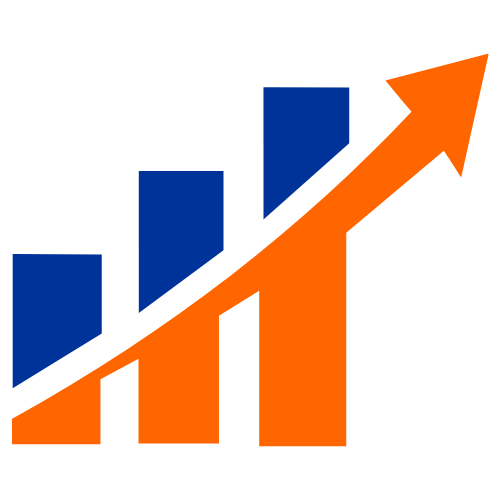As the spring season unfolds, the housing market seems to be caught in a paradox, deteriorating under the weight of high interest rates that continue to undermine consumer confidence. According to the National Association of Realtors, April witnessed a shocking decline of 0.5% in the sales of previously owned homes, marking a seasonally adjusted annualized rate of merely 4 million units. This represents the slowest sales pace for April since 2009—a disheartening reminder of how far we've regressed. Analysts had hoped for a modest gain of 2.7%, a figure that now feels laughably ambitious in hindsight. The cold data suggests something more sinister: the market is experiencing a stagnation that appears impervious to economic upturns, even as millions of jobs have been generated.
It begs a fundamental question: how can we have robust job growth alongside a hobbled housing market? Home sales have hovered around 75% of pre-pandemic levels for the past three years, which raises concerns about whether this is a temporary setback or a more profound societal shift. Lawrence Yun, the chief economist at NAR, pointed to a growing pent-up demand for housing that remains largely untapped. He posited that a noticeable dip in mortgage rates might unlock this dormant desire, allowing those who have been sidelined to enter the fray. But who can wait indefinitely for dream rates when the very act of homeownership feels increasingly out of reach?
A Surge in Inventory: A Double-Edged Sword
Ironically, while sales plummet, the housing inventory has surged by 9% month-over-month and skyrocketed nearly 21% compared to last year. April ended with approximately 1.45 million homes for sale, yielding a supply that represents a 4.4-month stockpile—the highest in five years. However, this surplus still falls short of the six-month supply that is deemed as a balanced market. If anything, this rising inventory highlights the glaring mismatch between supply and demand. As prices struggle to keep pace, with the median value of existing homes sold in April hitting $414,000—a new high—home appreciation has slowed to 1.8%, an anemic rate compared to previous years.
Yes, we are merely clawing our way out of a seller's market, but how comforting is that when prices remain stubbornly inflated? Individuals looking to buy have a better chance at negotiating deals, but the pressure is still on for them to weather the storm. The rise in inventory brings a glimmer of hope, yet we face the unsettling reality that many homes are still sitting unsold, often stagnant for an average of 29 days.
The Changing Landscape: First-Time Buyers and Rising Cancellations
First-time buyers have held onto their share of the market, accounting for around 34% of sales, a figure consistent with previous years. However, beneath this stability lies a worrisome trend: the cancellation rates for purchase agreements are creeping up to 7% in April. This stark rise from the previous average of 3% to 4% speaks volumes. Are buyers grappling with buyer's remorse due to skyrocketing interest rates, or are they becoming disillusioned by the overall market instability? This growing uncertainty casts a long shadow, leaving many to wonder whether now is the right time to buy, as the stakes feel higher than ever.
Moreover, the performance of luxury homes priced over $1 million saw a slight uptick of around 6%, a bright spot against a backdrop of declining sales in lower price brackets. Yet, Yun cautions that the gains in the higher-end market are not immune to the wider economic shifts. The repercussions of a volatile stock market are now spilling over, illuminating the fragility of wealth and the inequalities embedded within our economy.
Our society stands at a crossroads, grappling with a housing market marked by uncertainty, high interest rates, and conflicting consumer sentiment. It's a landscape that reflects not just economic stats but the real lived experiences of millions juggling dreams and realities in the quest for homeownership. The question remains: how long will the status quo persist?
